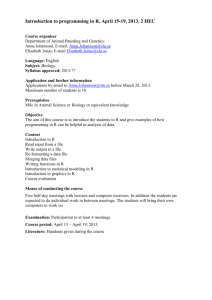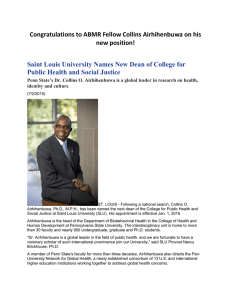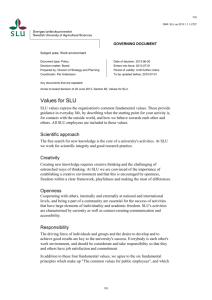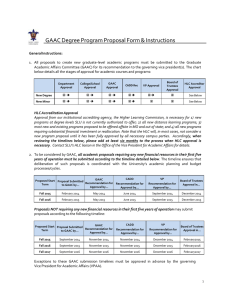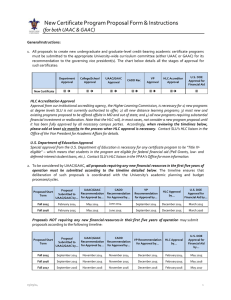Comment on ‘‘Coexistence of Self-Organized Corona’’
advertisement
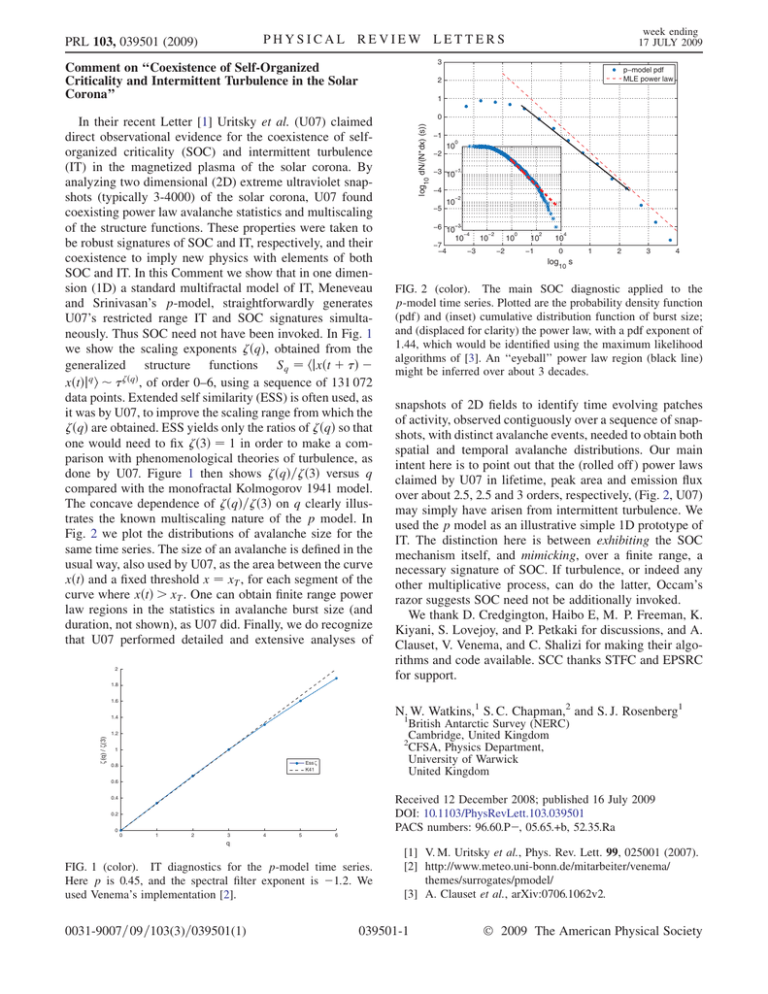
week ending 17 JULY 2009 PHYSICAL REVIEW LETTERS PRL 103, 039501 (2009) Comment on ‘‘Coexistence of Self-Organized Criticality and Intermittent Turbulence in the Solar Corona’’ 3 In their recent Letter [1] Uritsky et al. (U07) claimed direct observational evidence for the coexistence of selforganized criticality (SOC) and intermittent turbulence (IT) in the magnetized plasma of the solar corona. By analyzing two dimensional (2D) extreme ultraviolet snapshots (typically 3-4000) of the solar corona, U07 found coexisting power law avalanche statistics and multiscaling of the structure functions. These properties were taken to be robust signatures of SOC and IT, respectively, and their coexistence to imply new physics with elements of both SOC and IT. In this Comment we show that in one dimension (1D) a standard multifractal model of IT, Meneveau and Srinivasan’s p-model, straightforwardly generates U07’s restricted range IT and SOC signatures simultaneously. Thus SOC need not have been invoked. In Fig. 1 we show the scaling exponents ðqÞ, obtained from the generalized structure functions Sq ¼ hjxðt þ Þ xðtÞjq i ðqÞ , of order 0–6, using a sequence of 131 072 data points. Extended self similarity (ESS) is often used, as it was by U07, to improve the scaling range from which the ðqÞ are obtained. ESS yields only the ratios of ðqÞ so that one would need to fix ð3Þ ¼ 1 in order to make a comparison with phenomenological theories of turbulence, as done by U07. Figure 1 then shows ðqÞ=ð3Þ versus q compared with the monofractal Kolmogorov 1941 model. The concave dependence of ðqÞ=ð3Þ on q clearly illustrates the known multiscaling nature of the p model. In Fig. 2 we plot the distributions of avalanche size for the same time series. The size of an avalanche is defined in the usual way, also used by U07, as the area between the curve xðtÞ and a fixed threshold x ¼ xT , for each segment of the curve where xðtÞ > xT . One can obtain finite range power law regions in the statistics in avalanche burst size (and duration, not shown), as U07 did. Finally, we do recognize that U07 performed detailed and extensive analyses of 0 p−model pdf MLE power law 2 2 log10 dN/(N*dx) (s)) 1 −1 0 10 −2 −3 10−1 −4 −2 −5 10 −6 10−3 −7 −4 −4 10 −3 −2 0 10 10 −2 2 10 4 10 −1 0 log 10 1 2 3 4 s FIG. 2 (color). The main SOC diagnostic applied to the p-model time series. Plotted are the probability density function (pdf) and (inset) cumulative distribution function of burst size; and (displaced for clarity) the power law, with a pdf exponent of 1.44, which would be identified using the maximum likelihood algorithms of [3]. An ‘‘eyeball’’ power law region (black line) might be inferred over about 3 decades. snapshots of 2D fields to identify time evolving patches of activity, observed contiguously over a sequence of snapshots, with distinct avalanche events, needed to obtain both spatial and temporal avalanche distributions. Our main intent here is to point out that the (rolled off) power laws claimed by U07 in lifetime, peak area and emission flux over about 2.5, 2.5 and 3 orders, respectively, (Fig. 2, U07) may simply have arisen from intermittent turbulence. We used the p model as an illustrative simple 1D prototype of IT. The distinction here is between exhibiting the SOC mechanism itself, and mimicking, over a finite range, a necessary signature of SOC. If turbulence, or indeed any other multiplicative process, can do the latter, Occam’s razor suggests SOC need not be additionally invoked. We thank D. Credgington, Haibo E, M. P. Freeman, K. Kiyani, S. Lovejoy, and P. Petkaki for discussions, and A. Clauset, V. Venema, and C. Shalizi for making their algorithms and code available. SCC thanks STFC and EPSRC for support. 1.8 1.6 N. W. Watkins,1 S. C. Chapman,2 and S. J. Rosenberg1 1.4 1 British Antarctic Survey (NERC) Cambridge, United Kingdom 2 CFSA, Physics Department, University of Warwick United Kingdom ζ(q) / ζ(3) 1.2 1 Ess ζ K41 0.8 0.6 Received 12 December 2008; published 16 July 2009 DOI: 10.1103/PhysRevLett.103.039501 PACS numbers: 96.60.P, 05.65.+b, 52.35.Ra 0.4 0.2 0 0 1 2 3 4 5 6 q FIG. 1 (color). IT diagnostics for the p-model time series. Here p is 0.45, and the spectral filter exponent is 1:2. We used Venema’s implementation [2]. 0031-9007=09=103(3)=039501(1) [1] V. M. Uritsky et al., Phys. Rev. Lett. 99, 025001 (2007). [2] http://www.meteo.uni-bonn.de/mitarbeiter/venema/ themes/surrogates/pmodel/ [3] A. Clauset et al., arXiv:0706.1062v2. 039501-1 Ó 2009 The American Physical Society


